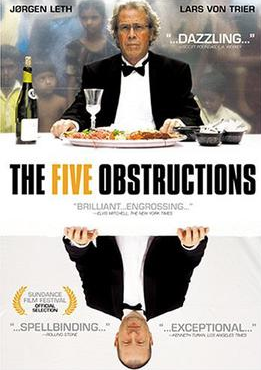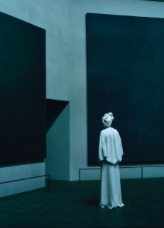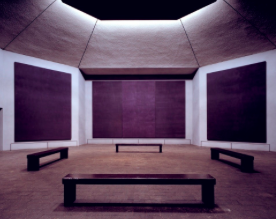10 Pieces: On the meaning of Art
- orchardgalerie
- Dec 7, 2018
- 2 min read
Updated: Feb 22, 2019
by Julian Leon
As Orchard Galerie is launching, I find myself asking questions in regards to the meaning of art, and a way to introduce myself in a way that makes sense. Our editorial board suggested doing a top 10 piece of our favorites pieces of art, which is something that will never be possible for me.
So why not use the notion of 10, and attempt to answer a question through them, there’s no real way in which the meaning of art can be conveyed in 10 pieces either, but it’s a place to start. The following 10 pieces may not necessarily be the most representative of their genre or address the question directly, as the intent of art is never prescriptive.
Art is here to be experienced, to use David Bowie’s words: “Talking about art is like dancing about architecture.” So, let’s see how this pans out, feel free to sound off in the comments.
1. Text: An Artist

An artist, a fine-artist or free-artist, An artist-as-artist, Has always nothing to say, And he must say this over and over again. Especially in his work What else is there to say? In work or words
What in hell, on earth, or in heaven, is an artist up to when he says he has something to say?
All artists-as artists say the same thing
The post-historic artist is the timeless artist-as artist. The artist-as-artist is the post-historic artist.
The post-historic artist is the artist aware of himself as artist, aware of art-as-art, aware of everything that is not art in art, inside or outside art.
The only way to say what an artist- as - artist is is to say what an artist- as - artist is not.
A fine artist by definition is not a commercial or industrial or fashion or applied or useful artist.
A fine, free or liberal or abstract artist is by definition not a servile or professional or meaningful artist.
A fine artist has no use for use, no meaning for meaning, no need for any need.
A fine artist has nothing to use, has no need for any meaning, and would not use himself or his work for anything
A fine artist by definition does not use or need any ideas or images, does not use or need any help, cannot use or help anyone or anything.
Only a bad artist thinks he has a good idea. A good artist does not need anything.
9. Painting: The Black Square

8. Ready-made: In Advance of a Broken Arm

7. Sculpture: Artist’s Shit

6. Conceptual: Statement of Intent

5. Space: The Rothko Chapel
Tilda Swinton at the Rothko Chapel © 2014 - Tim Walker for W Magazine
Mark Rothko, 1971 Image: © Rothko Chapel
“We are cluttered with images and only abstract art can bring us to the threshold of the divine…”
3. Land art: The Lightning field

2. Music: Helicopter String Quartet

1. Film: The Five Obstructions

Julian Leon is a NYC-based designer, researcher, and art director. He posts daily art/etc. observations at: influx.themissive.com





Comments